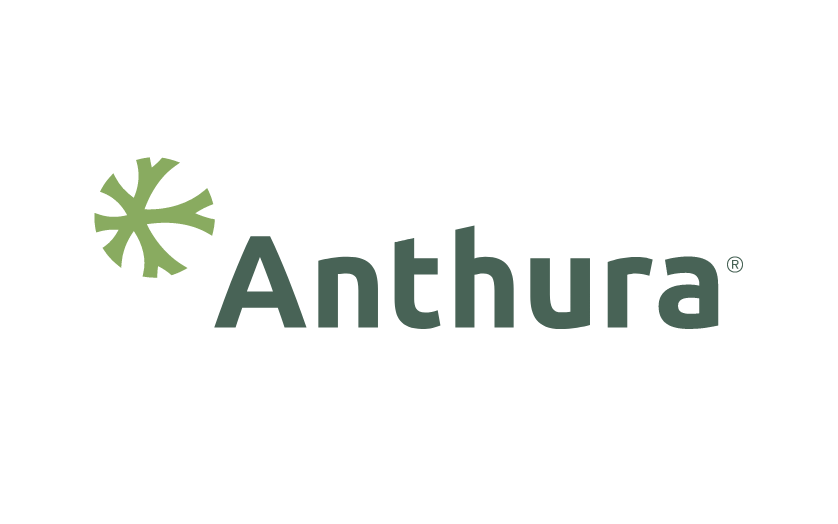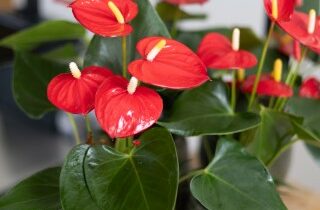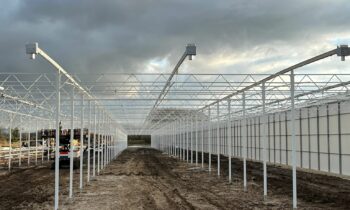Before allowing more light to enter the greenhouse, it is a good idea to first list the preconditions that should be met within this context. Below, the four most important preconditions are described and a few recommendations are made that target growing:
Diffuse light: The increase of the temperature in the leaf will be delayed when the light is diffuse when it arrives at the plant. When the light is significantly diffused, the same quantity of light will arrive at the plant, but the top leaves will heat up less quickly and not as highly. The aim when growing under high light values is, therefore, to diffuse the light as much as possible. Light through a diffuse cloth will not be diffused sufficiently. It will be diffused sufficiently together with a second cloth or a (diffuse) screening layer on the greenhouse roof.
Air humidity: When a plant cell loses pressure, the temperature in the cell will increase quickly. To prevent moisture loss, it is important to also aim at a higher and stable air humidity when much light is allowed in. Should this not be feasible, additional light must be screened off. This applies to a RH that is lower than 60%.
Microclimate: A plant distance that is too large, a dry substrate or much air movement can cause significant plant evaporation and therefore the stomas will close too much. This can have a negative impact on CO2 absorption and, therefore, indirectly on growth.
Water: In addition to air humidity, the plant must also have sufficient water. When this is not the case, this will have very negative consequences for turgor pressure. It is then better to reduce the light target values when the substrate is dry.
Recommendations when growing with much light
Build-up of light: The best option is to build up the light values as from when transplanting or potting takes place. Start with a light sum of ±4.0 mol/m²/day and build this up up to a level of ±6.0 mol/m²/day at the end of the cultivation (warm phase).
Middle of the day: Screen off more light during the middle of the day. It generally applies that radiation is the most fierce between 11 a.m. and 2 p.m. Use, in particular, the light during the initial morning hours.
Plant temperatures: The photosynthesis activity will reduce when plant temperatures are too high. This process will already start at plant temperatures higher than 31-32° C. Screen off more light when the leaf temperature is higher than 33° C.
This article has been prepared with the cooperation of Bureau IMAC. Anthura and Bureau IMAC cannot be held responsible for any damages, whether direct or indirect, resulting from the use of the cultivation advice given.
Optional (depending on the article)
- The grower is at all times responsible for consulting the label of crop protection products.
- The cultivation information provided is geared towards Dutch growing locations.







